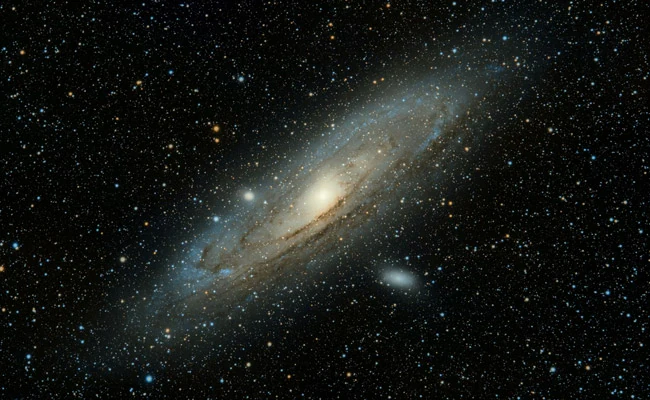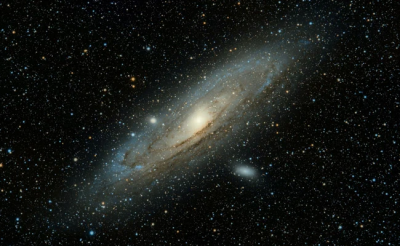Space is supposed to be silent. There, where atoms are so far apart that they do not allow sound waves to propagate, any noise is suppressed before it can begin. However, this does not mean that no sound can be extracted. In fact, if we could only hear them, some bodies in the solar system would produce deafening noise. Plasma waves around them can also be converted into sound. Plasma waves form when electrons become trapped in the magnetic field lines around large bodies like planets and spiral downwards. If we convert the frequencies of plasma waves into sound, we can hear their "haunting screams." For example, the Sun should be positively roaring as its surface undulates with convection cells that constantly rise and fall.
Scientists estimate that if sound could travel through space, we would hear the Sun as a continuous roar at a strength of 100 decibels. The first sounds from space were recorded by astronomer Karl Jansky in 1932, who built a rotating radio telescope named Jansky's Merry-Go-Round designed to detect a specific frequency range of radio waves. When his data began to arrive, a continuous "hissing" appeared in the background, which Jansky discovered was not random noise, but rather the sound of the Milky Way galaxy's core itself.
With the start of sending probes into space following the launch of Sputnik in 1957, we began to obtain more data. The equipment used includes tools designed to capture invisible forms of light, as well as plasma waves in the sometimes chaotic environments around bodies in the solar system. Radio waves are not intact; they are a form of light where audio data can be encoded, and when picked up by a receiver, they are converted back into sound. The plasma waves swirling around planets can also generate interesting chirps and whistles known as "the chorus." The sound of Earth might resemble the sounds of birds or whales. The sound of Saturn, with its complex system of moons and rings, might sound like a track from a strange sci-fi movie from the 1950s. Even the moons of Jupiter have their own intricate audio files.
NASA has compiled a collection of these soundscapes into a playlist that you can listen to on NASA’s science website.




